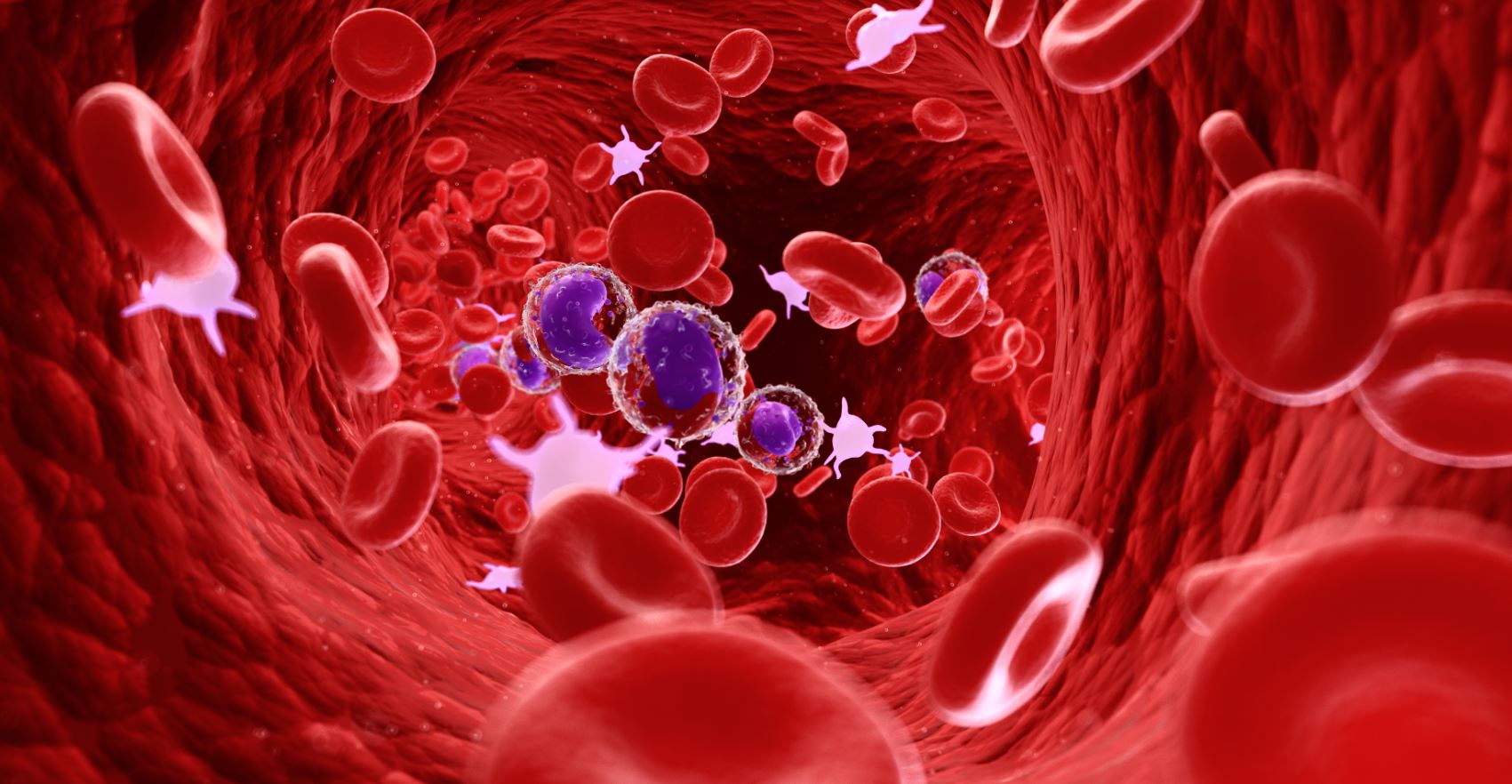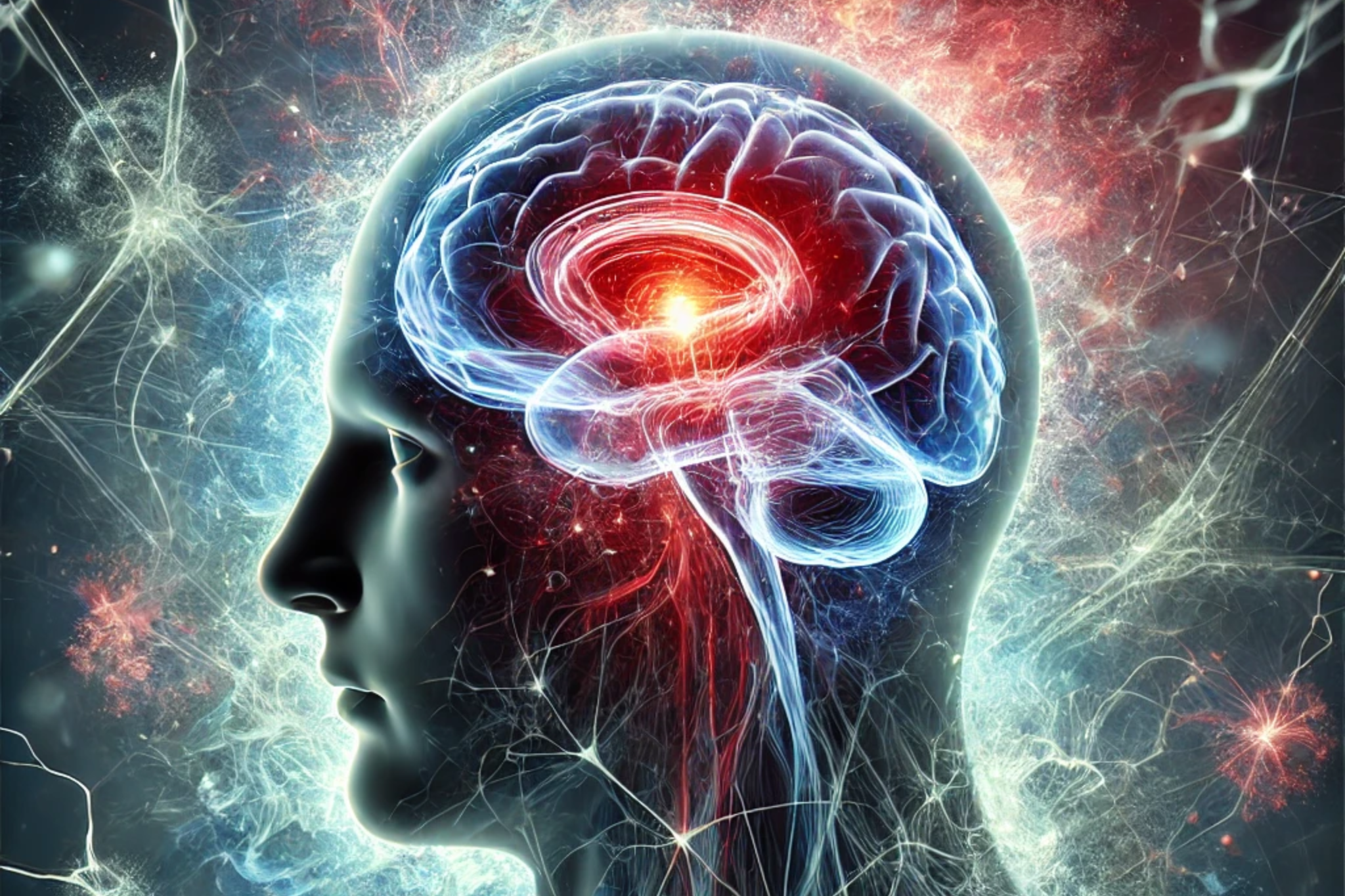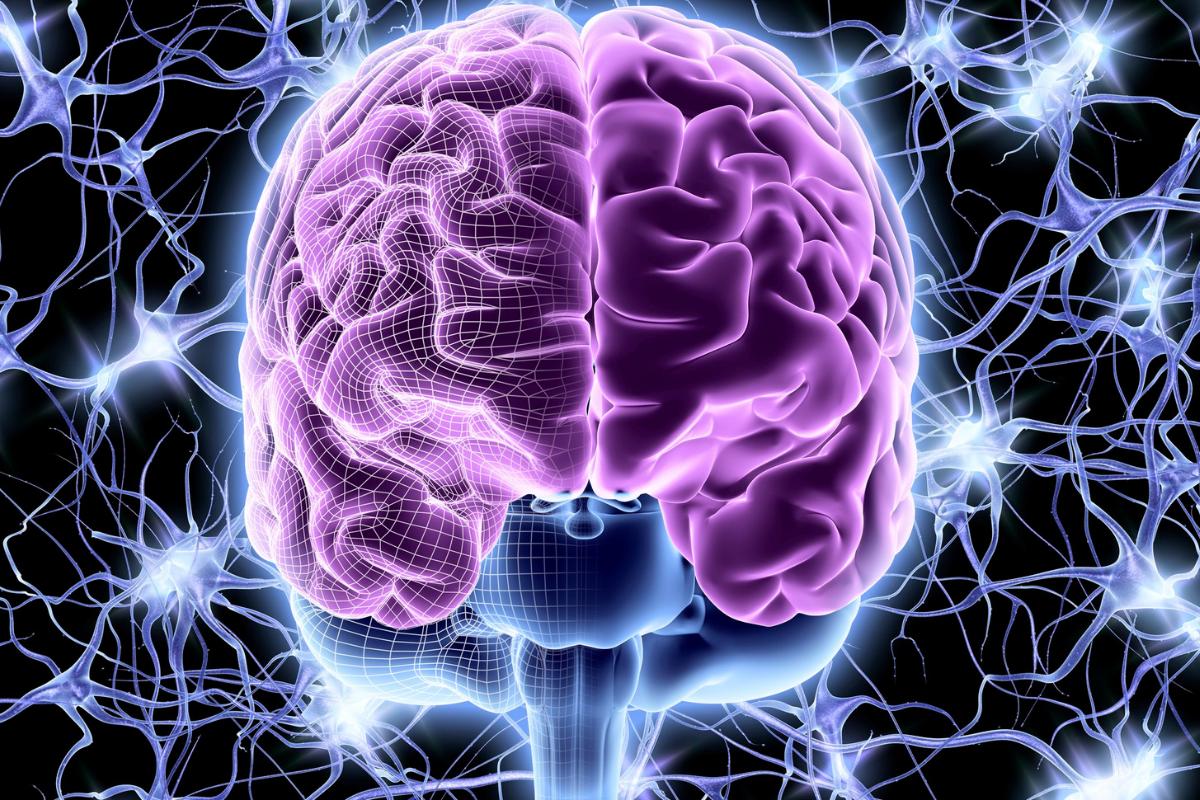By Dr. Petrus Raulino
A study published in the journal Nature Translational Psychiatry has shown that elderly people with elevated glial fibrillary acid protein (GFAP) in their blood have a greater accumulation of beta-amyloid protein in the brain, a biomarker associated with Alzheimer's dementia.
But what is GFAP anyway?
GFAP is a protein in the cytoskeleton of astrocytes that serves as a marker of astrogliosis - abnormal activation and proliferation of astrocytes due to neuronal damage.
The GFAP protein is found in the brain, but can be measured in blood samples when the brain is damaged by early-stage Alzheimer's A Dementia.
Currently, there is no cure or effective treatment to reverse Alzheimer's Dementia, despite all scientific efforts. For this reason, many recent studies have focused on prevention programs and identifying populations at risk of Alzheimer's Dementia.
These studies have reported high levels of GFAP in the blood in early and late Alzheimer's dementia. These levels correlate inversely with cognition and the extent of white matter damage.
GFAP and the early symptoms of Alzheimer's Disease
But the study published in Nature Translational Psychiatry investigated whether high levels of GFAP in the blood precede the onset of clinical symptoms of Alzheimer's Dementia in cognitively normal elderly people at increased risk of Alzheimer's Dementia.
Study results
The research showed that increased plasma levels of GFAP in cognitively normal elderly people were associated with greater accumulation of beta-amyloid protein in the brain.
Therefore, an increased plasma GFAP level may serve as an initial blood biomarker to identify cognitively normal individuals at greater risk of Alzheimer's dementia.
To our knowledge, this was the first study to demonstrate increased plasma levels of GFAP in cognitively normal elderly people at risk of Alzheimer's Dementia. These observations suggest that damage begins in the pre-symptomatic stage of Alzheimer's Dementia. Alzheimer's and is associated with the accumulation of beta-amyloid in the brain.
More research is needed to assess whether the dosage of GFAP could make a difference in supporting prevention strategies against Alzheimer's dementia. For now, we're keeping an eye out for new research.
References
Chatterjee, P., Pedrini, S., Stoops, E., Goozee, K., Villemagne, V. L., Asih, P. R., ... & Martins, R. N. (2021). Plasma glial fibrillary acidic protein is elevated in cognitively normal older adults at risk of Alzheimer's disease. Translational psychiatry, 11(1), 1-10.
Elahi, F. M., Casaletto, K. B., La Joie, R., Walters, S. M., Harvey, D., Wolf, A., ... & Kramer, J. H. (2019). Plasma biomarkers of astrocytic and neuronal dysfunction in early-and late-onset Alzheimer's disease. Alzheimer's & Dementia.
Colangelo, A. M., Alberghina, L., & Papa, M. (2014). Astrogliosis as a therapeutic target for neurodegenerative diseases. Neuroscience letters, 565, 59-64.
Carter, S. F., Schöll, M., Almkvist, O., Wall, A., Engler, H., Långström, B., & Nordberg, A. (2012). Evidence for astrocytosis in prodromal Alzheimer's disease provided by 11C-deuterium-L-deprenyl: a multitracer PET paradigm combining 11C-Pittsburgh compound B and 18F-FDG. Journal of Nuclear Medicine, 53(1), 37-46.







